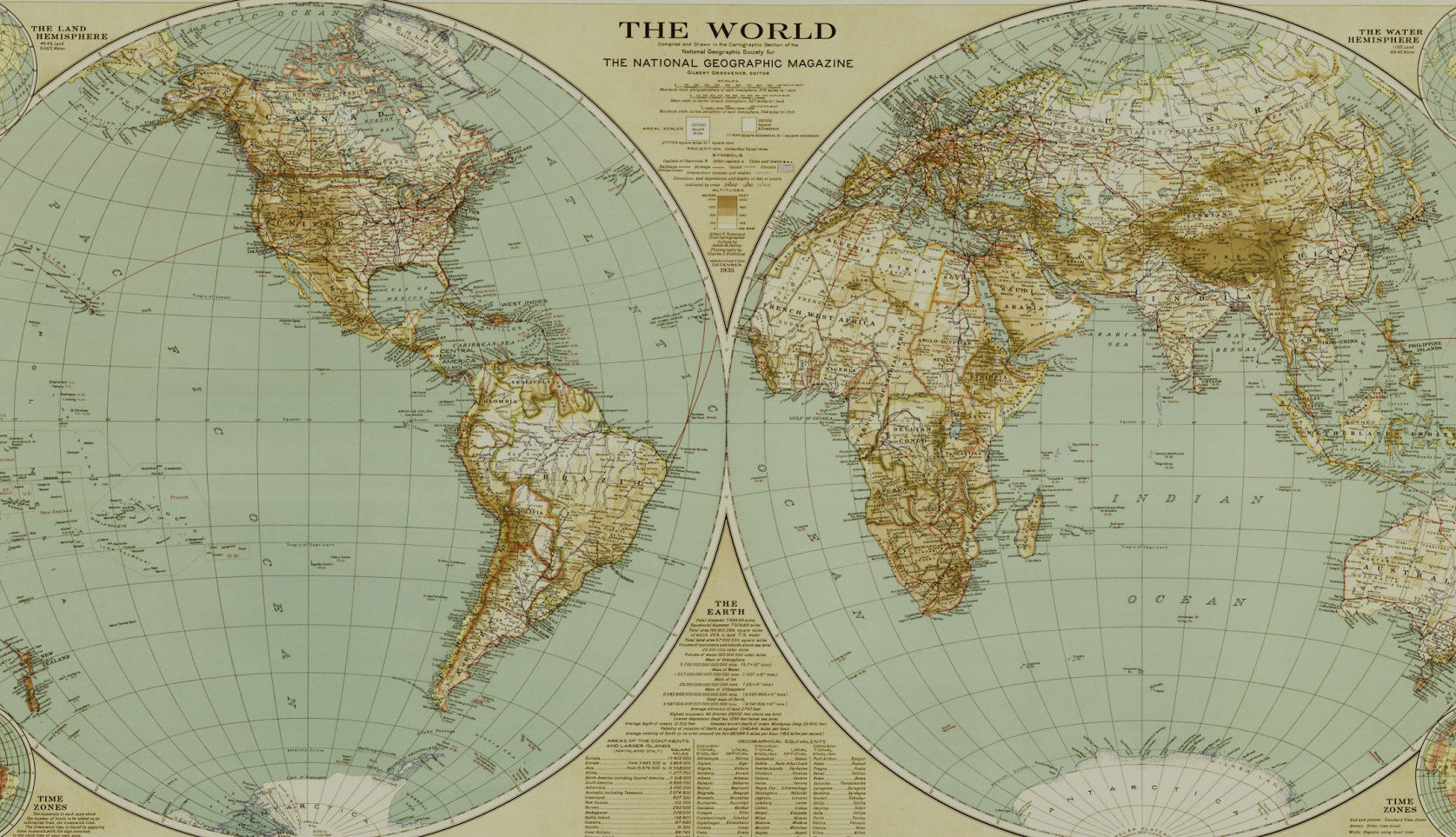Month eight in Portugal was wonderful! I had not expected to be blown away by the architecture and landscapes I encountered, not to mention the food…. And the archaeology we were digging and sites we visited were pretty outstanding too! Being based in Beja, a small city in the Alentejo region, it was easy to travel around southern Portugal and see a bit more of what the country has to offer.
I was fortunate enough to be in Portugal during a national holiday, so the entire archaeology team had a three day weekend! I used mine to head as far south as I could go to one of Portugal’s tourist hotspots: the Algarve. The route south from Beja travels through the beautiful Baixo Alentejo before entering the hilly Algarve – a region which stretches along the entire southern coast of Portugal. There is no denying that the beaches there are stunning and the water warm! This is what attracts so many visitors! Equally entrancing are the beautiful traditional Doces do Algarve: sweet marzipan pastries beautifully displayed in back-lit glass cases.
On the other end of the tourism spectrum is the small city of Serpa. This gem of a medieval city is east of Beja in an area close to the border with Spain. Its proximity to Spain and its location east of the Guadiana River meant that Serpa was an important defensive stronghold throughout its history. The city is still enclosed by strong medieval walls and when you walk through the main gate into the medieval castle you see clear evidence of when the city was besieged in 1707 during the Spanish War of Succession. It is wonderful to walk along the walls of the keep and to the top of the tower where you can gaze across the medieval cityscape and the rolling agricultural fields beyond. If you are very interested in Portugal’s medieval past there is a large summer festival in Serpa celebrating all things medieval!
There are many festivals hosted by rural communities and municipalities throughout the year – especially in the summer. While I was in Beja there was a multi-day event taking place for the Festas em Honra e Louvor de Santa Maria. This included a historical parade through the streets – which some of the archaeological team participated in! – representing the almost 2000 years of the city’s history. This was in addition to the standard festival area in one of the main squares where each evening you could find live music, food, drink and local product stalls. My favourites were the Ginja liqueur (made from sour cherries) and the sweet marzipan and ‘egg-string’ desserts traditionally made by nuns.
One of my favourite things to do in Portugal was to relax at one of the many cafés. Whether you are interested in having a meal, coffee or something cooler there is a café on almost every street corner to choose from! The café culture in the Alentejo region where I was based is very relaxed. In the summer evenings – after the sun has set and the temperature dropped – the cafés which line the city squares fill up with friends and families. When you order a beer most cafés will bring you a small bowl of salty tremoços (lupin beans) that are delicious but inevitably result in ordering another beer!
As always, it was bittersweet leaving Portugal to head to my next destination – the west coast of Scotland. I made some good friends and had many archaeo-adventures while digging the Outeiro do Circo Late Bronze Age fortified hilltop. The team is due to return next year to complete another season of digging – and who knows… maybe I’ll join them! But for now my attention has turned to an abandoned settlement on the Isle of Mull – I’ve traded Portugal’s golden fields for Scotland’s maritime mists!
